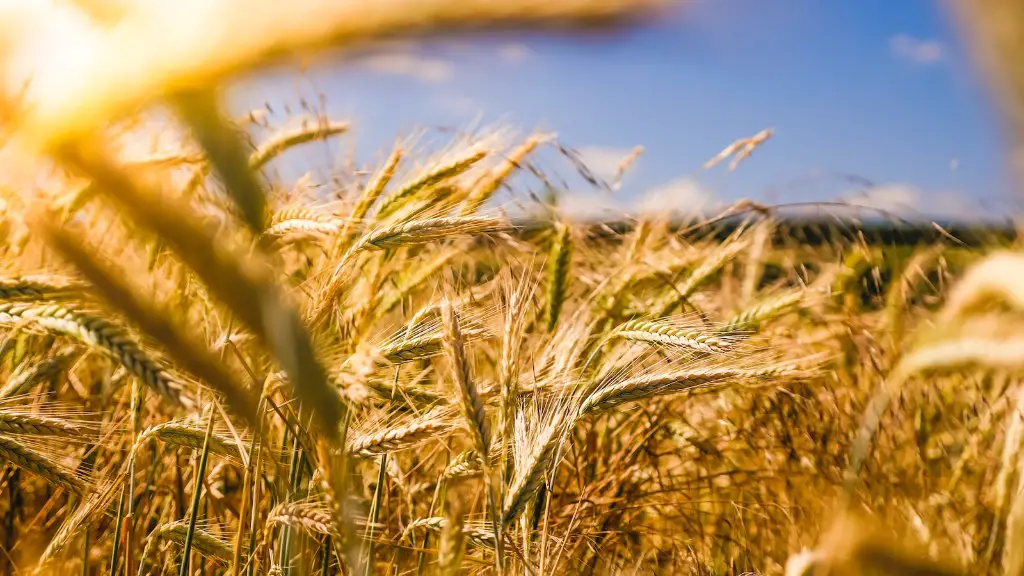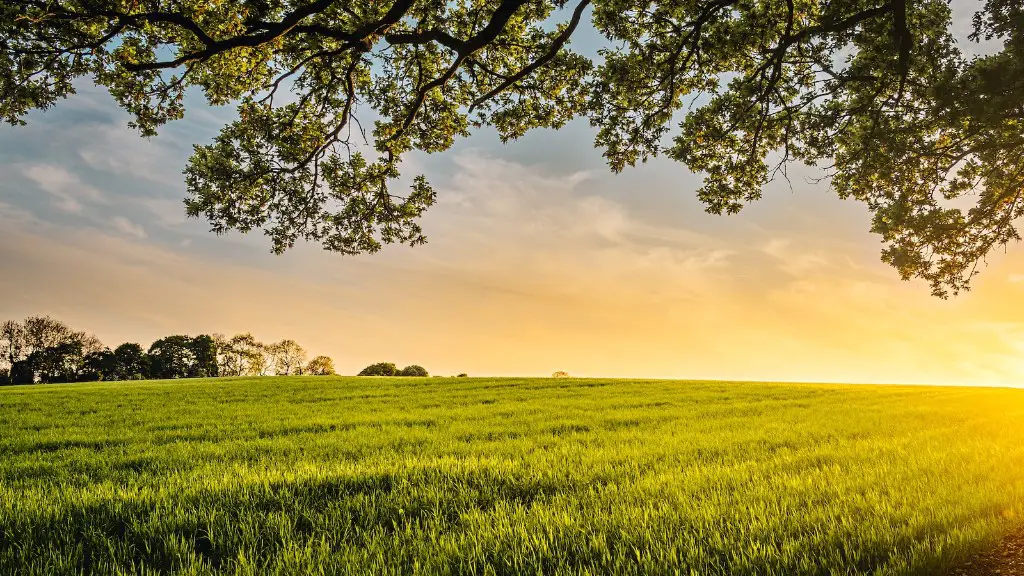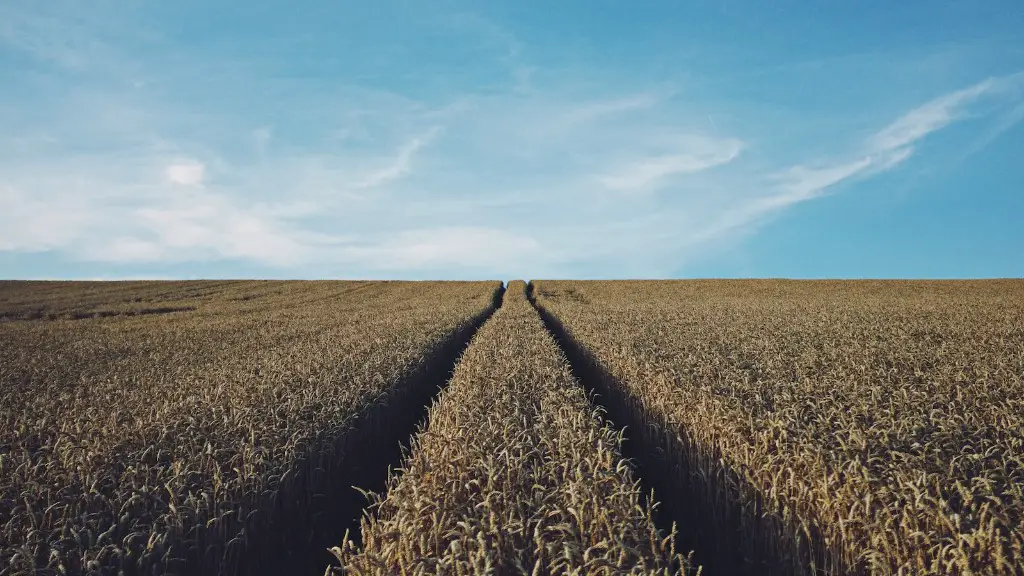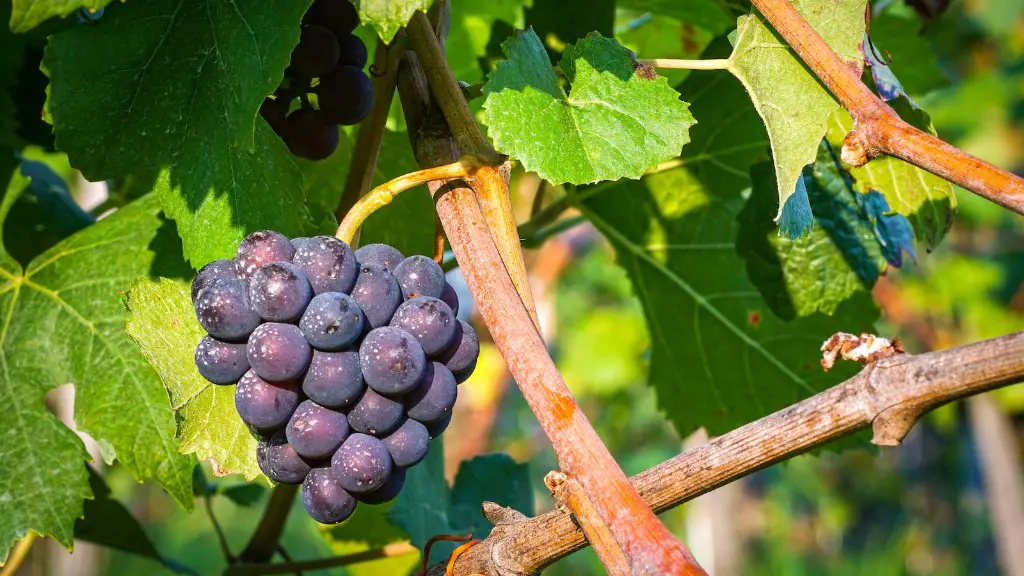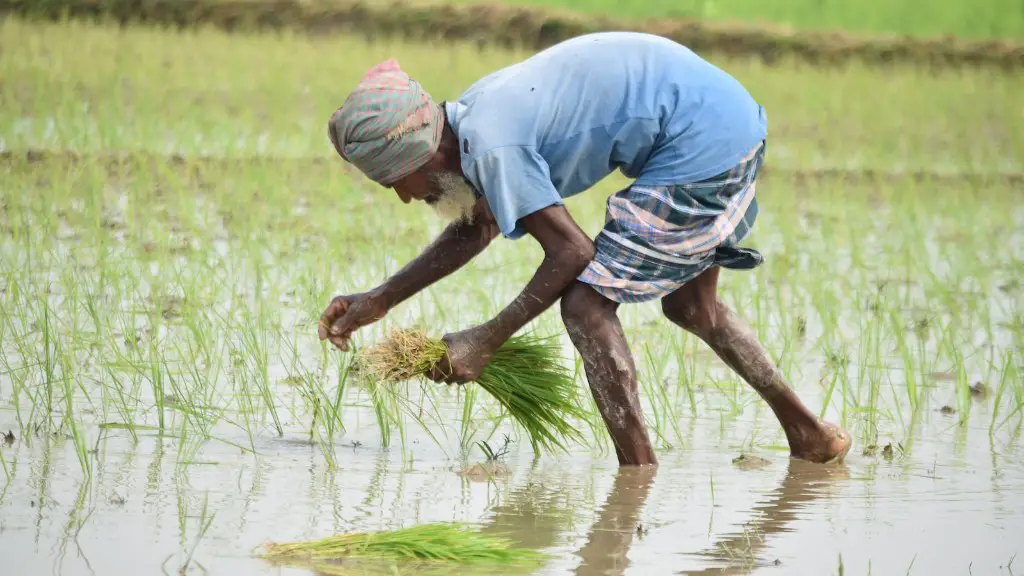The origins of agriculture go back to the very beginning of human history. Agriculture has played a significant role in the development of human civilizations. The first Agriculture Revolution began about 10,000 years ago, when people first began to domesticate plants and animals. Agriculture allowed for the growth of cities and the rise of civilizations. The second Agriculture Revolution began in the 18th century with the introduction of new technologies and techniques. This led to a massive increase in food production and a decline in hunger. Today, agriculture is still a vital part of the global food system, providing vital nutrients for billions of people around the world.
The origins of agriculture can be traced back to several regions around the world, including the Middle East, Southeast Asia, and Africa. Each of these regions has its own unique history and context that contributed to the development of agricultural practices.
When and where was agriculture developed?
The Zagros Mountain range, which lies at the border between Iran and Iraq, was home to some of the world’s earliest farmers. Sometime around 12,000 years ago, our hunter-gatherer ancestors began trying their hand at farming. The Zagros Mountains were a perfect place for early farmers to settle because they provided a good source of water and ample sunlight. The soil in the Zagros Mountains was also rich in nutrients, which helped the crops to grow. The early farmers who settled in the Zagros Mountains were able to thrive and create a successful agricultural society.
The earliest civilizations based on intensive agriculture arose near the Tigris and Euphrates Rivers in Mesopotamia (now Iraq and Iran) and along the Nile River in Egypt. For thousands of years, agricultural development was very slow. One of the earliest agricultural tools was fire.
Who first developed agriculture
The Egyptians were among the first peoples to practice agriculture on a large scale, starting in the pre-dynastic period from the end of the Paleolithic into the Neolithic, between around 10,000 BC and 4000 BC. This was made possible with the development of basin irrigation, which allowed them to grow crops in the otherwise arid climate of the Nile River Valley. The Egyptians used a variety of techniques to irrigate their crops, including dams, canals, and levees, and their success in agriculture allowed them to support a large population.
Farming began c 10,000 BC on land that became known as the FERTILE CRESCENT. Hunter-gatherers, who had traveled to the area in search of food, began to harvest (gather) wild grains they found growing there. They scattered spare grains on the ground to grow more food.
Where did agriculture begin in America?
There are three theories as to how agriculture began independently in different regions. The first theory suggests that people in different regions learned about agriculture from each other and developed it independently. The second theory suggests that agriculture was developed independently in different regions due to the different environmental conditions. The third theory suggests that agriculture was developed independently in different regions due to the different plant and animal species available.
The agricultural communities that developed approximately 10,000 years ago were a huge turning point in human history. For the first time, families and larger groups were able to build communities and transition from a nomadic hunter-gatherer lifestyle dependent on foraging and hunting for survival. This new way of life allowed for the development of civilizations and the growth of the human population.
Which country is first in agriculture?
China is an incredibly populous country with a relatively small amount of arable land. Despite this, they have been able to feed a significant portion of the world’s population. This is a testament to their agricultural productivity.
The United States of America is the model country in the agriculture production sector. It is the development of crop analysis, scientific soil and more innovative machinery. In 2020, the United States had just over 2 million acres of land. However, it is the best country for farming.
What is the beginning of agriculture
Farming started in the predynastic period at the end of the Paleolithic, after 10,000 BC. Staple food crops were grains such as wheat and barley, alongside industrial crops such as flax and papyrus. In India, wheat, barley and jujube were domesticated by 9,000 BC, soon followed by sheep and goats.
The Tigris and Euphrates Rivers have been flooding regularly for thousands of years, making the land around them especially fertile and ideal for growing crops. This made it a prime location for the Neolithic Revolution, also known as the Agricultural Revolution, which began to take place nearly 12,000 years ago. The Neolithic Revolution was a time when humans began to transition from a hunter-gatherer lifestyle to one that was based more on agriculture and food production. This change had a profound impact on human society and the way we live today.
What is the history or origin of agriculture?
Agriculture is thought to have originated around 10,000 years ago, or approximately 400 human generations ago. This is based on evidence gathered from archaeological sites. Agriculture allowed for the domestication of plants and animals, which led to the development of civilizations. Agriculture also allowed for the growth of cities and the rise of civilizations.
The origins of agriculture can be traced back to the Middle East, where it is thought to have first developed. From there, it spread to other parts of the world, including Egypt, India, China, and Mexico. Over time, it has become an important part of the economy in many countries.
What state is first in agriculture
This is good news for the state of California, as the agricultural industry is a major contributor to the state’s economy. California’s agricultural sector is one of the most diverse in the world, with farmers growing a wide variety of crops, including fruits, vegetables, nuts, and livestock. The state’s agricultural industry is a major driver of job growth and economic activity, and it provides a significant source of tax revenue for state and local government.
According to the latest data, the top 10 agriculture-producing States in terms of cash receipts in calendar year 2021 were California, Iowa, Nebraska, Texas, Minnesota, Illinois, Kansas, Indiana, North Carolina, and Wisconsin. These states accounted for over two-thirds of the total cash receipts from farming in the United States in 2021. California, the leading agriculture-producing state, generated over $50 billion in cash receipts from farming, followed by Iowa and Nebraska with over $30 billion each. Texas, the fourth ranked state, generated over $20 billion in cash receipts from farming. The other states in the top 10 – Minnesota, Illinois, Kansas, Indiana, North Carolina, and Wisconsin – generated between $10 and 20 billion each.
Which region of the United States is known for agriculture?
Agricultural activity in the United States is particularly concentrated in the Great Plains. This vast expanse of flat arable land is in the center of the nation and west of the Great Lakes and east of the Rocky Mountains. Agricultural activity in the Great Plains supports the production of crops and livestock, and the area is also home to many farmers and ranchers.
The world’s top four food-producing countries share some important advantages, including large populations, ample land area, and climate zones suitable for growing a variety of crops. However, there are also major differences in the role that food production plays in their economies.
China and India are the top two food producers in the world, and both countries have large populations. However, food production plays a much bigger role in the Indian economy, accounting for about 15% of GDP, compared to only 10% in China. In both countries, food production employs a large number of people, but in China, this is offset by the much larger manufacturing and service sectors.
The US is the third-largest food producer, and its economy is much more diversified than either China or India. Food production accounts for only around 2% of GDP, but the agriculture sector is still a significant employer, accounting for around 1.5% of the workforce.
Brazil is the fourth-largest food producer, and its economy is also quite diversified. However, food production plays a much bigger role in the Brazilian economy, accounting for around 6% of GDP. The agriculture sector employs a relatively large number of people, around 3.5% of the workforce.
Where is the best place for agriculture
According to the latest data, these are the top ten states for farmland in 2021: Montana, Kansas, Oklahoma, South Dakota, North Dakota, Texas, Iowa, Kentucky, Wyoming, and California. Each of these states has large tracts of land suitable for farming, and they are all expected to see strong growth in the sector in the coming years. If you’re looking to invest in farmland, these are the states to keep an eye on.
Uruguay is a great place to find productive farmland. With consistent appreciation and an annual cash return, Uruguayan farmland is a great store of value in turbulent times. Nestled between Argentina, Brazil and the Atlantic, Uruguay is peaceful, stable and has over 26 million acres of farmland under cultivation.
Conclusion
The origins of agriculture have been traced back to as early as 10,000 BC with the early Neolithic cultures in the Middle East, Asia, and the Mediterranean. Agriculture developed independently in different regions around the world, often as a result of the local climate and available resources.
The first evidence of agriculture appears in the archaeological record around 10,000 years ago in the Fertile Crescent region of the Middle East. Agriculture allowed for the domestication of plants and animals, which led to the development of civilizations. Today, agriculture is a vital part of the global food system, providing people with the food they need to survive.
